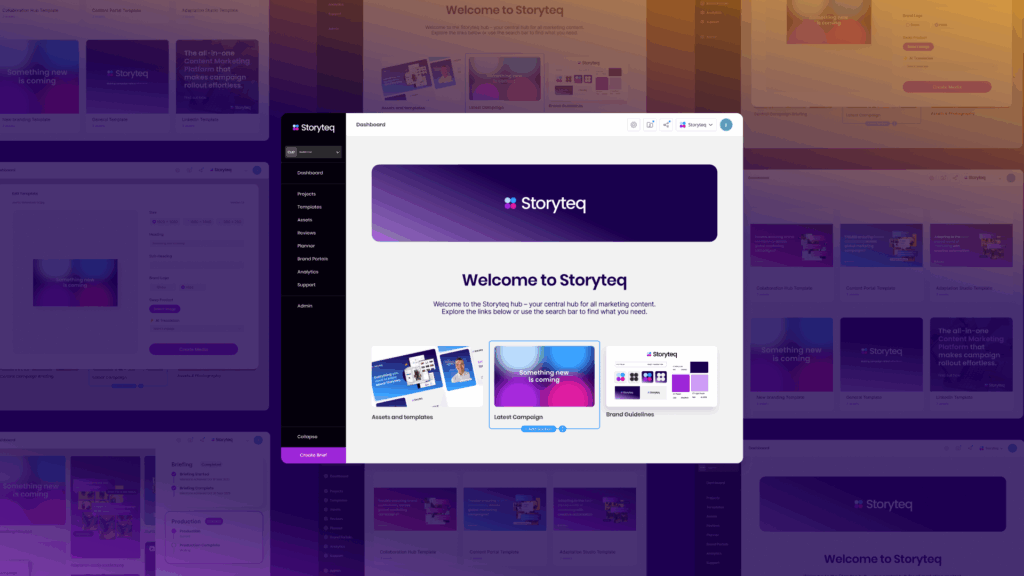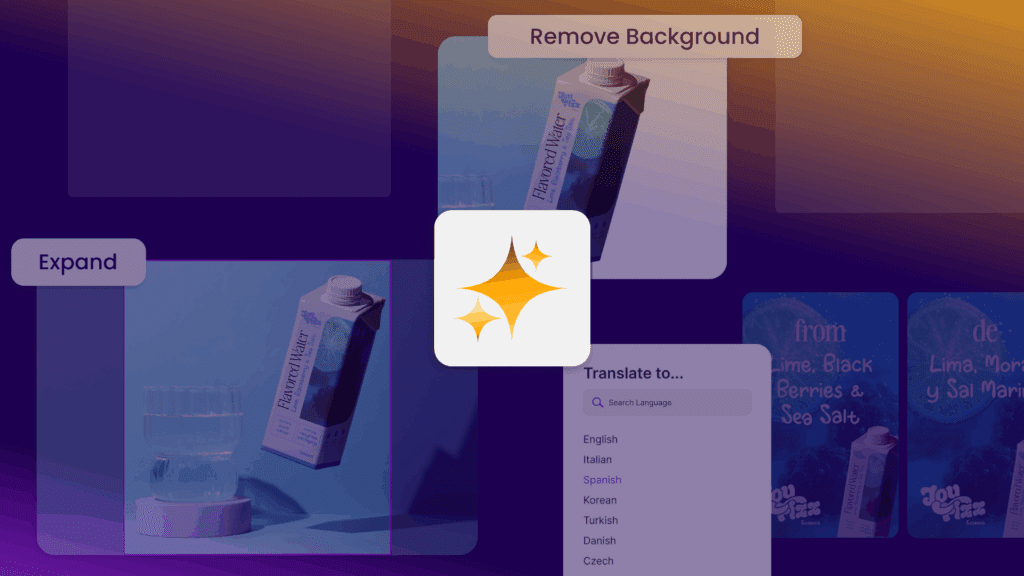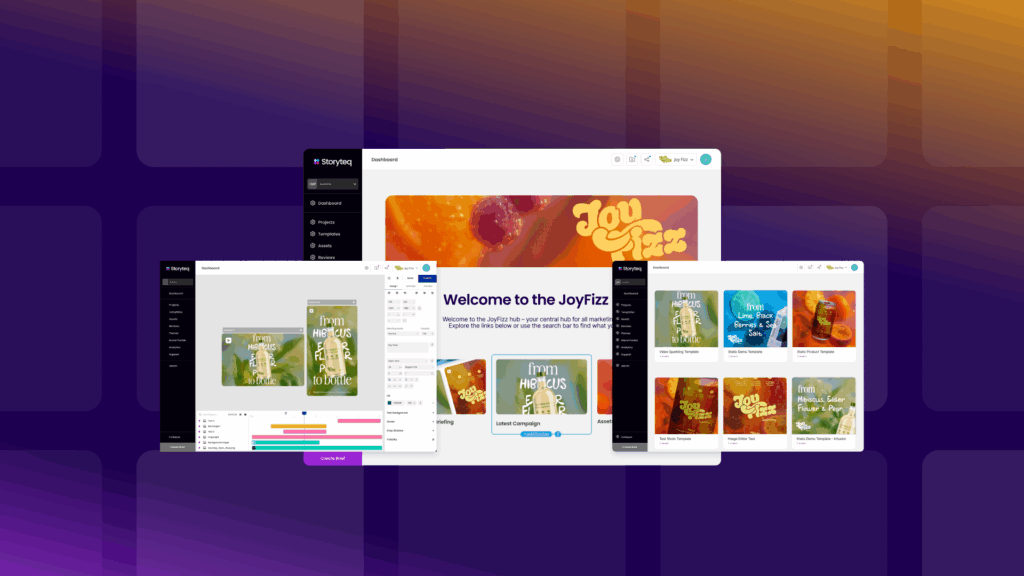AI content creation tools personalize content at scale by leveraging machine learning algorithms to analyze audience data, identify patterns, and automatically generate tailored variations of marketing assets. These platforms enable brands to customize messaging, imagery, offers, and other content elements based on specific audience segments, behaviours, and preferences. By automating repetitive personalization tasks, AI tools help marketers deliver relevant content across multiple channels simultaneously while maintaining brand consistency and quality standards—all without the traditional resource limitations of manual content creation processes.
What makes personalization at scale so challenging for brands?
Personalizing content at scale remains challenging for brands primarily because traditional methods require extensive human resources, time investment, and careful coordination across teams. Creating unique content variations for different audience segments traditionally means manually designing and adapting each piece—a process that becomes exponentially complex as the number of segments increases.
Resource limitations stand as the most significant barrier to effective personalization. Most marketing teams simply don’t have enough designers, copywriters, and content specialists to create unique assets for every audience segment, channel, and campaign. When attempting to scale personalization efforts manually, brands quickly hit production bottlenecks that limit their ability to deliver timely, relevant content.
Time constraints further complicate personalization efforts. Market opportunities and consumer trends evolve rapidly, requiring brands to produce personalized content quickly. The traditional production cycle—involving briefs, design, revisions, and approvals—often takes weeks, by which time the opportunity may have passed.
Maintaining brand consistency across numerous content variations presents another major challenge. Without proper systems in place, personalized content can easily drift from brand guidelines, creating a disjointed experience across channels and undermining brand recognition. The more teams involved in content creation, the harder it becomes to ensure every asset adheres to brand standards.
Data management and application also create significant hurdles. Many organisations struggle to effectively collect, analyse, and implement audience data to drive personalization decisions. Without the right technology to process this information at scale, brands often default to broad segmentation rather than true personalization.
How do AI content creation platforms automate personalization processes?
AI content creation platforms automate personalization by processing large volumes of audience data to identify patterns and preferences, then using these insights to generate tailored content variations automatically. This technology transforms what was once a labour-intensive manual process into a streamlined, efficient workflow that scales with your audience needs.
At the foundation of AI-powered personalization lies advanced data analysis. These platforms integrate with CRM systems, analytics tools, and marketing platforms to gather and process audience information from multiple sources. Machine learning algorithms then identify meaningful patterns in this data—detecting which content elements resonate with specific audience segments based on demographics, behaviour, purchase history, and engagement metrics.
Dynamic content templates form the backbone of automated personalization. Rather than creating each asset from scratch, AI platforms use template-based approaches where core design elements remain consistent while specific components (images, copy, offers, colours) can be dynamically swapped based on audience data. These systems can automatically generate thousands of variations from a single template while maintaining brand consistency.
Workflow automation streamlines the entire content creation process. AI platforms can:
- Automatically assign the right content variation to the right audience segment
- Schedule delivery across multiple channels simultaneously
- Adapt content formats to suit different platforms (social media, email, website, etc.)
- Track performance and continuously refine personalization parameters
Natural language processing capabilities enable AI to generate and adapt written content at scale. These systems can create variations of marketing copy that maintain the brand voice while customizing messaging to specific audiences. Some platforms can even translate content for different regions while preserving the original meaning and tone.
The most sophisticated AI content creation tools incorporate feedback loops that continuously improve personalization effectiveness. By analysing performance data from previous campaigns, these systems learn which personalization tactics drive better results and automatically adjust future content accordingly. This creates a virtuous cycle where personalization becomes increasingly refined and effective over time.
What personalization elements can AI effectively customize in marketing content?
AI can effectively customize numerous elements in marketing content, ranging from visual components to messaging, offers, and delivery timing. This multi-faceted personalization capability enables brands to create truly tailored experiences that resonate with specific audience segments.
Visual content represents one of the most powerful areas for AI personalization. Intelligent platforms can automatically adjust imagery selection based on audience preferences, swapping photos to reflect different demographics, locations, or interests. Beyond simple image selection, AI can modify visual elements like colour schemes, layouts, and graphic styles to match audience preferences identified through data analysis.
Messaging and copy personalization goes far beyond simply inserting a customer’s name. AI tools can:
- Adjust tone and vocabulary based on audience segment (professional vs. casual)
- Emphasize different product benefits relevant to specific users
- Generate headline variations that appeal to different motivation triggers
- Personalize calls-to-action based on the customer’s position in the buying journey
Product recommendations and offers represent another key area where AI excels at personalization. These systems analyse purchase history, browsing behaviour, and similarity patterns to recommend the most relevant products to each user. Similarly, AI can personalize promotional offers, displaying different discounts or incentives based on what will most likely convert each specific segment.
Content structure and length can also be dynamically adjusted by AI. Some audiences respond better to concise, straightforward content, while others prefer in-depth information. AI can automatically adapt content depth and structure based on known audience preferences and engagement patterns.
Channel and timing optimisation represents a sophisticated application of AI personalization. These systems can determine not just what content to show, but when and where to deliver it for maximum impact. AI analyses engagement patterns to identify optimal sending times and preferred channels for different audience segments, ensuring content reaches users when and where they’re most receptive.
Location-based personalization has become increasingly important for global brands. AI tools can automatically adapt content to reflect local cultural references, regional dialects, seasonal differences, and even local events or conditions, making global campaigns feel relevant to local audiences.
How does creative automation maintain brand consistency while personalizing?
Creative automation maintains brand consistency during personalization by establishing controlled parameters within which content can vary. This approach creates a framework that allows for personalization while ensuring all content variations remain true to brand guidelines and visual identity.
At the core of this balance lies the concept of modular content architecture. Rather than giving AI complete freedom to generate content, creative automation platforms use a template-based approach where core brand elements (logos, fonts, colour palettes, key messaging) remain fixed while specific modules can be personalized. This ensures every variation maintains the fundamental brand identity regardless of how many personalized versions are created.
Centralized brand asset management plays a crucial role in maintaining consistency. Creative automation platforms typically include digital asset management capabilities that serve as a single source of truth for approved brand elements. By drawing exclusively from these pre-approved assets, the system ensures all personalized content uses only on-brand components.
Rule-based personalization frameworks establish clear boundaries for how content can be customized. Brand managers can define specific rules that govern:
- Which elements can be personalized and which must remain constant
- Acceptable variations for different brand elements
- Appropriate combinations of colours, images, and messaging
- Required elements that must appear in all content variations
Automated approval workflows help maintain quality control at scale. Even with clear rules in place, creative automation platforms typically incorporate review processes where significant content variations can be automatically flagged for human approval before publication. This creates a safety net to catch any potentially off-brand content before it reaches audiences.
Design consistency across channels is maintained through intelligent format adaptation. Creative automation platforms can automatically adjust content to suit different channel specifications (dimensions, file formats, character limits) while preserving brand consistency. This ensures that whether a customer encounters your brand on Instagram, email, or a website, they receive a cohesive visual experience.
Perhaps most importantly, creative automation enables brands to establish a feedback loop between personalization and brand guidelines. As personalization data reveals which content variations perform best, these insights can inform the evolution of brand guidelines, creating a virtuous cycle where brand identity becomes increasingly refined and effective.
What results can brands expect when implementing AI-driven personalization?
Brands implementing AI-driven personalization typically see significant improvements in engagement metrics, operational efficiency, and marketing ROI. By delivering more relevant content to audiences, companies can achieve better results while streamlining their content production processes.
Engagement metrics often show the most immediate impact. Brands regularly report substantial increases in key performance indicators such as click-through rates, time spent with content, social sharing, and reduced bounce rates. These improvements stem directly from delivering more relevant content that resonates with specific audience interests and needs.
Conversion rate improvements represent another common outcome. When content feels personally relevant, audiences are more likely to take desired actions. Brands utilizing AI personalization frequently see higher conversion rates across various objectives—from email sign-ups and content downloads to actual purchases and repeat business.
Operational efficiency gains create significant value beyond direct marketing metrics. AI-driven personalization automates many time-consuming tasks in the content creation process, allowing marketing teams to:
- Produce more content variations with the same resources
- Reduce production time from weeks to days or even hours
- Scale personalization efforts across multiple campaigns simultaneously
- Spend less time on repetitive tasks and more on strategic initiatives
Audience reach expansion becomes possible when AI handles personalization at scale. Brands can effectively target numerous smaller audience segments that would be impractical to address manually. This allows for penetration into niche markets and addressing the long tail of audience interests that collectively represent significant business opportunities.
Content performance insights represent a valuable secondary benefit. The data generated through AI personalization creates a feedback loop that helps brands better understand what resonates with different audiences. These insights can inform not just future content personalization but broader marketing strategy and even product development.
While results vary by industry and implementation, brands that effectively deploy AI-driven personalization typically report marketing efficiency improvements of 10-30% and engagement metric increases ranging from 20-70% compared to non-personalized approaches.
For brands seeking to implement these solutions, the key lies in starting with clear objectives, quality data, and a thoughtful implementation strategy. We at Storyteq have seen how creative automation can transform marketing operations, helping brands achieve these personalization goals while maintaining brand consistency and quality. If you’re interested in exploring how AI-powered personalization could work for your brand, request a demo of our platform to see these capabilities in action.



